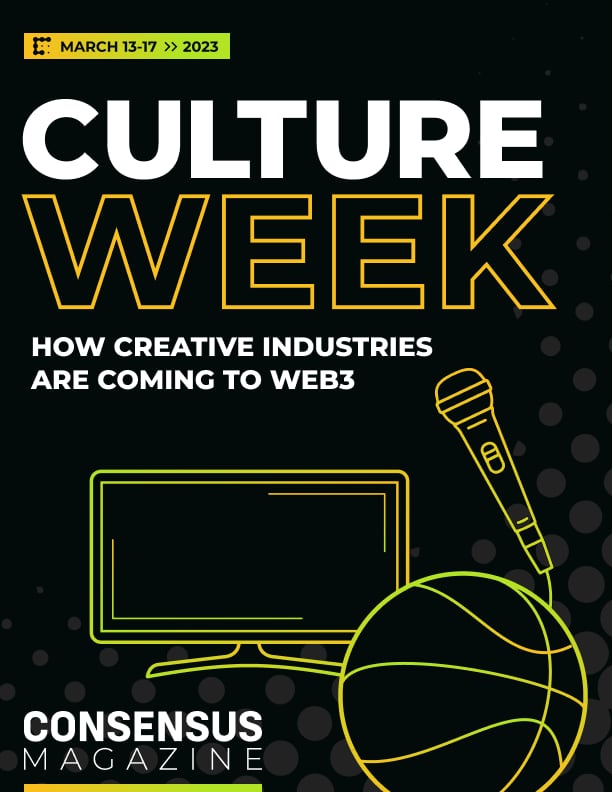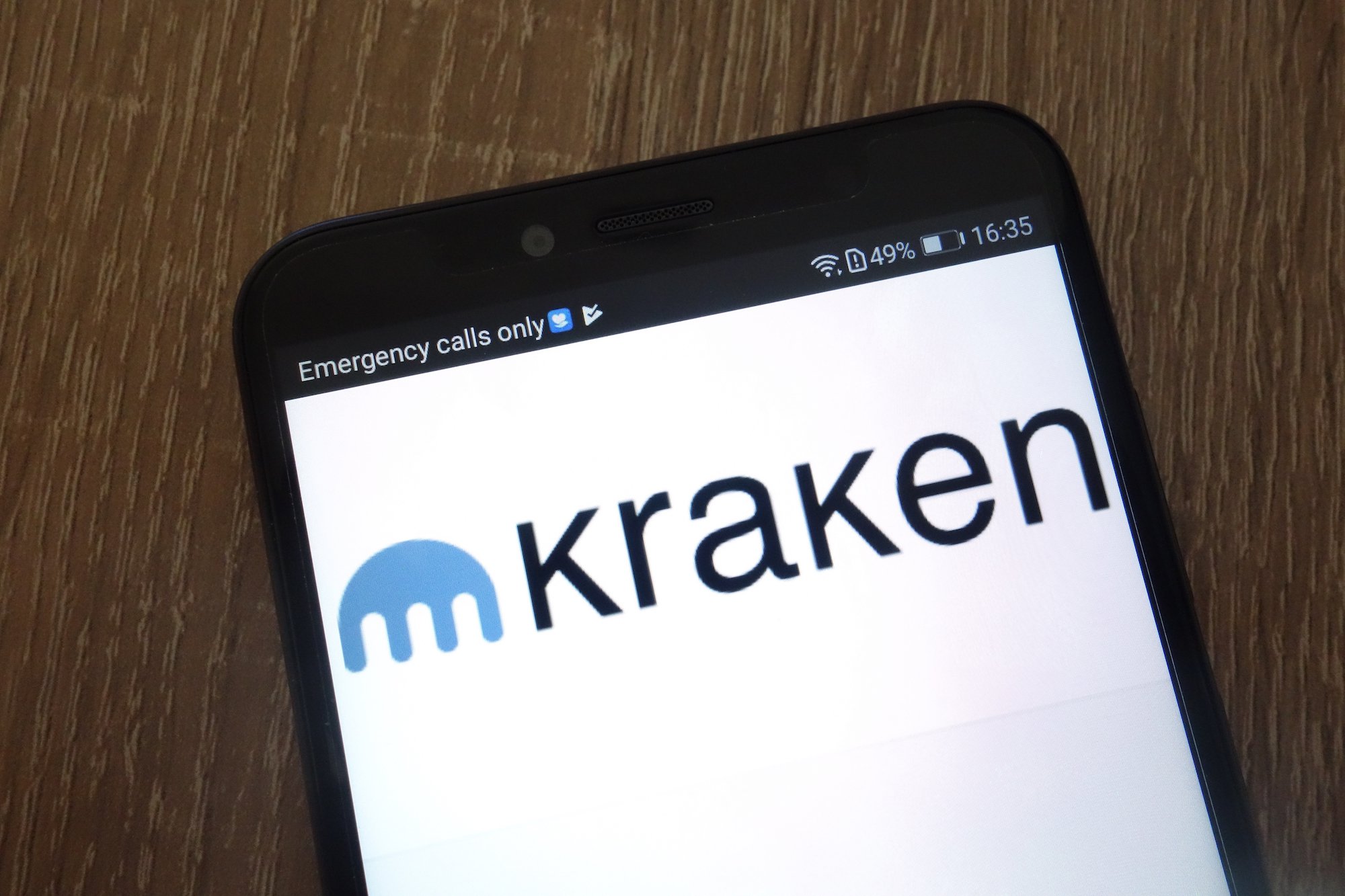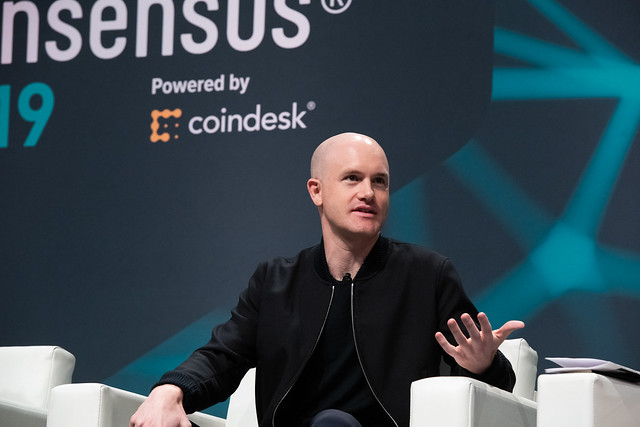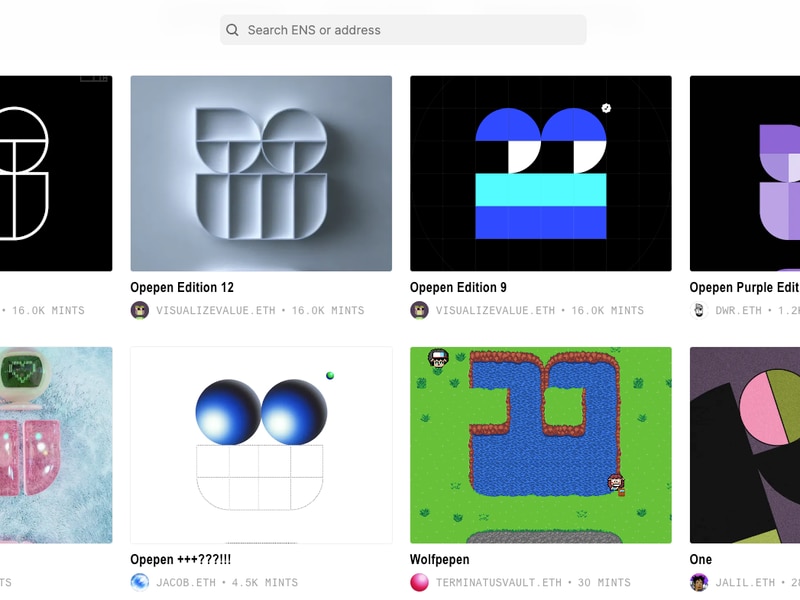A Technologist’s Approach to Explaining What Crypto Fixes
Breakthrough technologies are built on the promise of value – the ability to create something new that makes some element of human coordination undeniably better.
From the moment Satoshi released the Bitcoin white paper, crypto evangelists have touted the immense, revolutionary potential value of the technology. Web3 was positioned as a panacea for the world’s systemic issues, with applications for everything from supply chains to identity to finance. Anything could be fixed once put on-chain.
Ankush Agarwal is the co-founder and chief architect at Co:Create.
I was leading an open-source project called Kubeflow at Google when blockchain first came on my radar. As a developer, it was clear open protocols would be superior to the closed systems that dominated the web. But the use cases that drove the early hype cycles of Web3 were experimental and often risky. Google’s motto was, infamously, “Don’t be evil.” What then was the slogan of the early days of Web3? “Not for the faint of heart?”
In 2018 I joined what was then Facebook to design and build critical components of the Libra stablecoin project, a project that was as initially controversial as it was ambitious. Criticism aside, there’s no denying that Facebook was a breakthrough technology. It unlocked immense value in the form of communication and connectivity that transformed human coordination globally. The “Blue App” was intuitive, convenient and accessible.
Facebook got close to bringing that same user experience to Web3 with the launch of Libra (albeit in a way that would’ve abandoned the fundamental openness of Web3 and distorted the promise of the technology). Libra would have put access to a stablecoin and an entire ecosystem of financial products into the hands of billions, accelerating blockchain’s daily active users by orders of magnitude overnight.
But that didn’t happen, and the world is better for it.
I learned many lessons as an engineer working within Web2 giants. I’ve experienced the limitations of closed-source technology and the inequity it creates. It’s what makes building in Web3 so exciting. The benefits of decentralization, catnip for technologists who thrive on the conceptual, is difficult to describe to many people we want as users. It’s hard to tell people how Web3 can solve problems they don’t understand, especially when existing solutions seem to work just fine.
The complexity of building applications on decentralized technology has created a growing delta, to slip in a little techno-speak, between devs and users.
In order to create meaningful impact with Web3, we need to focus on immediate user value rather than getting bogged down in technical processes. Rather than striving for technical perfection we should prioritize creating user-friendly and accessible applications that solve real-world problems and drive mainstream adoption of Web3. Ultimately, value is defined by how people use the product, not how sophisticated the tech is under the hood.
Web3, what is it good for?
We’re nearly 15 years into the decentralized revolution, and we now have a robust technological foundation that supports a myriad of exciting use cases. New industries have emerged, built on Web3 models that undeniably create value and have achieved mainstream awareness. But awareness does not equate to mainstream adoption.
Web3 is a transformational technology, but in order for it to achieve its breakthrough moment we need to shift our perception of value from its ideological future state to one centered on immediate user value. We need to adopt a more user-centric approach and make the value of Web3 more relevant to more people, offering compelling solutions to inefficiencies that people can recognize.
If there’s anything technologists like more than a well-defined if poorly understood phrase, it’s a well-ordered list. These are my engineering principles for balancing technology with customer value:
-
Put the customer first: Our ultimate goal is to deliver value to our customers. Every decision we make, every feature we build and every process we follow should be driven by an understanding of our customers’ needs.
-
Optimize for customer value, not just technical sophistication: The most technologically advanced system is not always the best option for our customers. We must weigh technical capabilities against the time to deliver value and choose the one that will provide the most value to our customers in the shortest amount of time.
-
Focus on impact, not just process: Our customers care about the results we deliver, not the steps we take to get there. We prioritize delivering meaningful results over following strict processes.
-
Be agile and move fast without breaking things: We are in a position where we have to quickly iterate through multiple product ideas and ship them to our customers. We must be extremely agile and ready to change direction based on market/customer feedback. We cannot afford to move slowly or break things.
-
Done is better than perfect: While it’s important to strive for excellence, it’s equally important to acknowledge that there may be limitations to what can be achieved in a given timeframe.
-
Collective ownership and individual accountability: This refers to the idea that all members of the team are responsible for the codebase and has the authority to make changes to it. However, each team member is also individually accountable for the quality and maintainability of their own contributions.
It’s a tall order, but that’s how we break through to the masses.
Learn more about Consensus 2023, CoinDesk’s longest-running and most influential event that brings together all sides of crypto, blockchain and Web3. Head to consensus.coindesk.com to register and buy your pass now.

DISCLOSURE
Please note that our
privacy policy,
terms of use,
cookies,
and
do not sell my personal information
has been updated
.
The leader in news and information on cryptocurrency, digital assets and the future of money, CoinDesk is a media outlet that strives for the highest journalistic standards and abides by a
strict set of editorial policies.
CoinDesk is an independent operating subsidiary of
Digital Currency Group,
which invests in
cryptocurrencies
and blockchain
startups.
As part of their compensation, certain CoinDesk employees, including editorial employees, may receive exposure to DCG equity in the form of
stock appreciation rights,
which vest over a multi-year period. CoinDesk journalists are not allowed to purchase stock outright in DCG
.
:format(jpg)/s3.amazonaws.com/arc-authors/coindesk/9fc5b362-e78a-44a2-94b5-e03b4812366b.jpeg)
Ankush Agarwal is the co-founder and chief architect at Co:Create.








